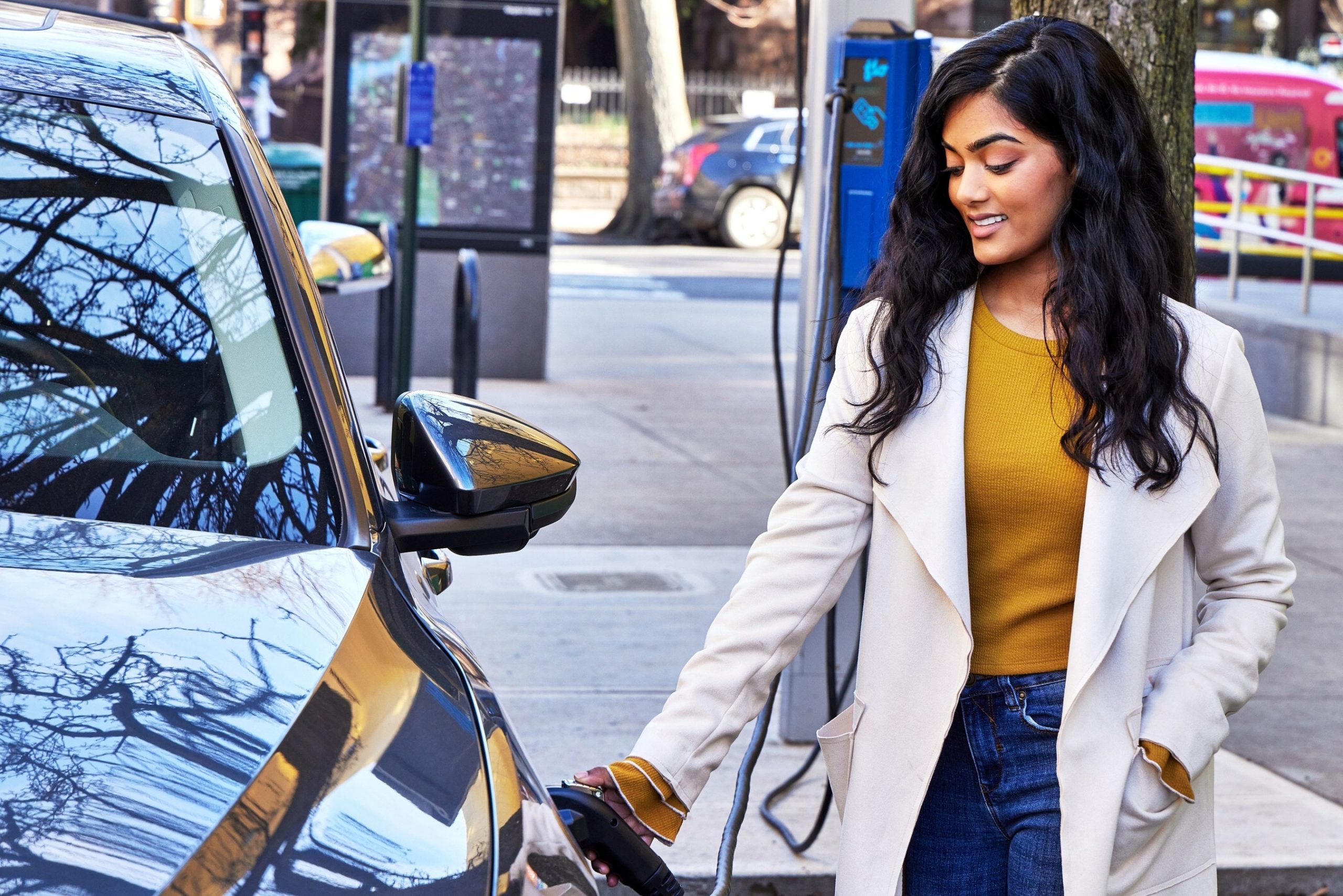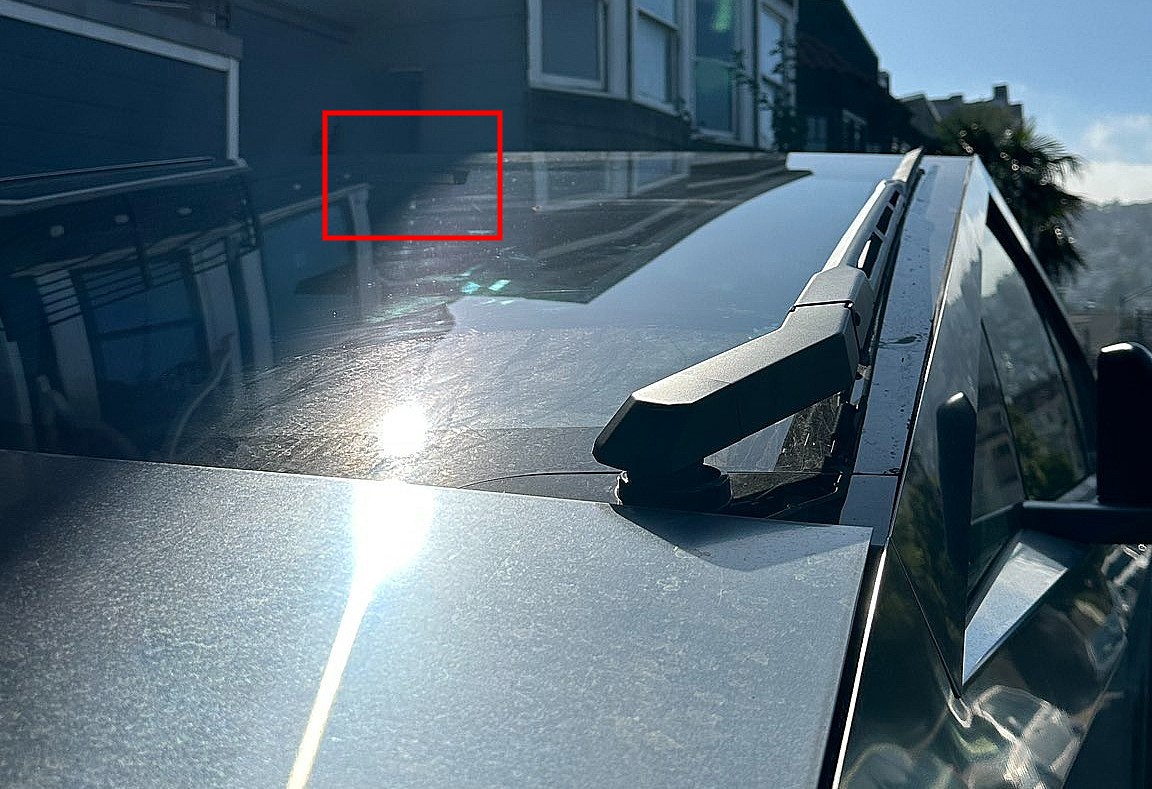

News
How EV adoption is soaring in unlikely circumstances, and what could make it better
The adoption of electric vehicles has continued to skyrocket over the past several years despite challenging supply chain conditions, less-than-ideal geopolitical scenarios, lingering effects of the COVID-19 pandemic, and the soaring cost of EV materials. How this optimism remains was examined in a recent white paper from Cox Automotive, which outlined how EVs continue to defy all odds and gain market share, despite monumental challenges standing in the sector’s way.
EV Adoption grows despite rough conditions
The state of EV adoption is relatively healthy, with more Americans buying EVs than ever despite increased costs and extended wait times for delivery. Automakers across the EV manufacturing industry have been forced to adjust prices and vehicle lineups due to the increased cost of materials and supply chain deals. Tesla, for example, axed the $35,000 Standard Range+ Model 3, and its most affordable vehicle now starts at well over $40,000. Rivian was forced to push prices upward due to materials costs soaring after Russia’s invasion of Ukraine, and these examples are just two of many.
Supply chain bottlenecks have also forced consumers to push back wait times for EVs considerably. Some configurations of EVs are not available until next year due to extensive order logs; take the Long Range Tesla Model 3, for example, which won’t be available until 2023 because of its heavy demand.
Despite this, EV adoption has increased every year since 2019. “Americans are buying EVs at a record pace despite rising prices and long waits for delivery. The fleet industry is also taking note with fleet operators highly motivated to replace their gas-powered fleets with EVs to achieve sustainability goals, drive efficiency and reduce total cost of ownership,” Cox Automotive wrote in the summation of its white paper.
Price Parity and the EV Tax Credit
Price parity has always been talked about when it comes to EVs. It does not take a genius to figure out that the average person will choose an affordable car over an expensive one, even if the expensive one will not require weekly stops at the pump. However, one of the biggest things keeping EVs from extremely rapid adoption is the prices of the cars themselves, which have increased considerably over the past year due to materials costs soaring.
Luckily, consumers can take advantage of the Inflation Reduction Act, which will provide EV buyers with tax credits based on where their vehicle was manufactured and whether the car equips a U.S.-manufactured battery. “Tax incentives available as part of the Inflation Reduction Act of 2022 will be critical to consumer adoption, helping offset the cost of pricey EVs.” This is a key point in the mass adoption in EVs, and consumers will likely stick to gas-powered cars as long as they are able to if they are more affordable than a quality EV.
Supply Chain Disruptions have slowed EV adoption considerably
Related to other points already made, supply chain disruptions and constraints are slowing EV adoption. U.S.-based EV manufacturers are too reliant on foreign companies for parts, Cox said. Automakers are pushing to produce battery packs and other parts in the U.S., which will eventually help combat slow logistics times.
“Global computer chip and material shortages are impacting production, raising the price of new and used vehicles, and contributing to long waits to buy new EV models.” Consumers want affordable and they want it now. Costs will continue to remain high, and wait times will stay long if U.S. automakers do not adopt domestic supply chain strategies.
Superior EV tech is keeping the U.S. competitive
Domestic supply chain bottlenecks may have some consumers willing to spend a little extra opting for other vehicle options. If someone is willing to spend $160,000 on a car and they can buy a 2022 Porsche 911 GT3 and get it in two weeks, they’re more likely to buy that instead of waiting months for a Tesla Model S Plaid if environmental reasons and fuel savings are not being considered. Tech and the innovations of battery chemistries and recycling are keeping the U.S. automakers in focus. If battery makers can develop various battery chemistries comprised of materials that can be sourced in the U.S., wait times will reduce and cars will have more availability.
I’d love to hear from you! If you have any comments, concerns, or questions, please email me at joey@teslarati.com. You can also reach me on Twitter @KlenderJoey, or if you have news tips, you can email us at tips@teslarati.com.

News
Tesla aims to combat common Full Self-Driving problem with new patent
Tesla writes in the patent that its autonomous and semi-autonomous vehicles are heavily reliant on camera systems to navigate and interact with their environment.

Tesla is aiming to combat a common Full Self-Driving problem with a new patent.
One issue with Tesla’s vision-based approach is that sunlight glare can become a troublesome element of everyday travel. Full Self-Driving is certainly an amazing technology, but there are still things Tesla is aiming to figure out with its development.
Unfortunately, it is extremely difficult to get around this issue, and even humans need ways to combat it when they’re driving, as we commonly use sunglasses or sun visors to give us better visibility.
Cameras obviously do not have these ways to fight sunglare, but a new patent Tesla recently had published aims to fight this through a “glare shield.”
Tesla writes in the patent that its autonomous and semi-autonomous vehicles are heavily reliant on camera systems to navigate and interact with their environment.

The ability to see surroundings is crucial for accurate performance, and glare is one element of interference that has yet to be confronted.
Tesla described the patent, which will utilize “a textured surface composed of an array of micro-cones, or cone-shaped formations, which serve to scatter incident light in various directions, thereby reducing glare and improving camera vision.”

The patent was first spotted by Not a Tesla App.
The design of the micro-cones is the first element of the puzzle to fight the excess glare. The patent says they are “optimized in size, angle, and orientation to minimize Total Hemispherical Reflectance (THR) and reflection penalty, enhancing the camera’s ability to accurately interpret visual data.”
Additionally, there is an electromechanical system for dynamic orientation adjustment, which will allow the micro-cones to move based on the angle of external light sources.
This is not the only thing Tesla is mulling to resolve issues with sunlight glare, as it has also worked on two other ways to combat the problem. One thing the company has discussed is a direct photon count.
CEO Elon Musk said during the Q2 Earnings Call:
“We use an approach which is direct photon count. When you see a processed image, so the image that goes from the sort of photon counter — the silicon photon counter — that then goes through a digital signal processor or image signal processor, that’s normally what happens. And then the image that you see looks all washed out, because if you point the camera at the sun, the post-processing of the photon counting washes things out.”
Future Hardware iterations, like Hardware 5 and Hardware 6, could also integrate better solutions for the sunglare issue, such as neutral density filters or heated lenses, aiming to solve glare more effectively.
Elon Musk
Delaware Supreme Court reinstates Elon Musk’s 2018 Tesla CEO pay package
The unanimous decision criticized the prior total rescission as “improper and inequitable,” arguing that it left Musk uncompensated for six years of transformative leadership at Tesla.

The Delaware Supreme Court has overturned a lower court ruling, reinstating Elon Musk’s 2018 compensation package originally valued at $56 billion but now worth approximately $139 billion due to Tesla’s soaring stock price.
The unanimous decision criticized the prior total rescission as “improper and inequitable,” arguing that it left Musk uncompensated for six years of transformative leadership at Tesla. Musk quickly celebrated the outcome on X, stating that he felt “vindicated.” He also shared his gratitude to TSLA shareholders.
Delaware Supreme Court makes a decision
In a 49-page ruling Friday, the Delaware Supreme Court reversed Chancellor Kathaleen McCormick’s 2024 decision that voided the 2018 package over alleged board conflicts and inadequate shareholder disclosures. The high court acknowledged varying views on liability but agreed rescission was excessive, stating it “leaves Musk uncompensated for his time and efforts over a period of six years.”
The 2018 plan granted Musk options on about 304 million shares upon hitting aggressive milestones, all of which were achieved ahead of time. Shareholders overwhelmingly approved it initially in 2018 and ratified it once again in 2024 after the Delaware lower court struck it down. The case against Musk’s 2018 pay package was filed by plaintiff Richard Tornetta, who held just nine shares when the compensation plan was approved.
A hard-fought victory
As noted in a Reuters report, Tesla’s win avoids a potential $26 billion earnings hit from replacing the award at current prices. Tesla, now Texas-incorporated, had hedged with interim plans, including a November 2025 shareholder-approved package potentially worth $878 billion tied to Robotaxi and Optimus goals and other extremely aggressive operational milestones.
The saga surrounding Elon Musk’s 2018 pay package ultimately damaged Delaware’s corporate appeal, prompting a number of high-profile firms, such as Dropbox, Roblox, Trade Desk, and Coinbase, to follow Tesla’s exodus out of the state. What added more fuel to the issue was the fact that Tornetta’s legal team, following the lower court’s 2024 decision, demanded a fee request of more than $5.1 billion worth of TSLA stock, which was equal to an hourly rate of over $200,000.
Delaware Supreme Court Elon Musk 2018 Pay Package by Simon Alvarez
News
Tesla Cybercab tests are going on overdrive with production-ready units
Tesla is ramping its real-world tests of the Cybercab, with multiple sightings of the vehicle being reported across social media this week.

Tesla is ramping its real-world tests of the Cybercab, with multiple sightings of the autonomous two-seater being reported across social media this week. Based on videos of the vehicle that have been shared online, it appears that Cybercab tests are underway across multiple states.
Recent Cybercab sightings
Reports of Cybercab tests have ramped this week, with a vehicle that looked like a production-ready prototype being spotted at Apple’s Visitor Center in California. The vehicle in this sighting was interesting as it was equipped with a steering wheel. The vehicle also featured some changes to the design of its brake lights.
The Cybercab was also filmed testing at the Fremont factory’s test track, which also seemed to involve a vehicle that looked production-ready. This also seemed to be the case for a Cybercab that was spotted in Austin, Texas, which happened to be undergoing real-world tests. Overall, these sightings suggest that Cybercab testing is fully underway, and the vehicle is really moving towards production.
Production design all but finalized?
Recently, a near-production-ready Cybercab was showcased at Tesla’s Santana Row showroom in San Jose. The vehicle was equipped with frameless windows, dual windshield wipers, powered butterfly door struts, an extended front splitter, an updated lightbar, new wheel covers, and a license plate bracket. Interior updates include redesigned dash/door panels, refined seats with center cupholders, updated carpet, and what appeared to be improved legroom.
There seems to be a pretty good chance that the Cybercab’s design has been all but finalized, at least considering Elon Musk’s comments at the 2025 Annual Shareholder Meeting. During the event, Musk confirmed that the vehicle will enter production around April 2026, and its production targets will be quite ambitious.








